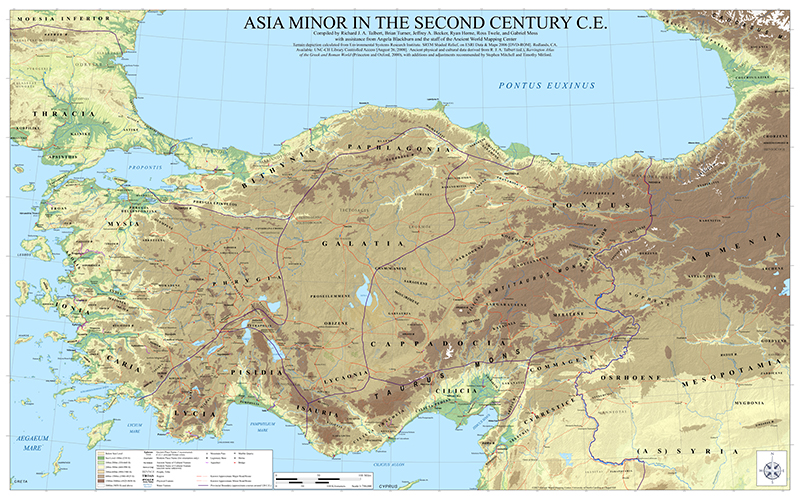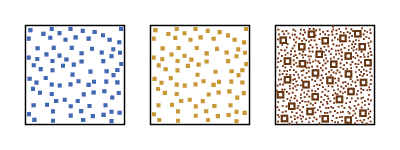The Vatican and the Jewish community of Rome are collaborating on a new exhibition on the menorah.
Whenever Mosul is liberated from ISIS, a strategic plan will be in place for restoring its heritage.
Restoration work is underway on a colossal statue of Rameses II that once stood in the Karnak Temple.
Israeli border officials caught a Palestinian smuggler bringing in 53 ancient coins from Jordan.
Digital Giza is a virtual 3D model of the Giza Pyramids, and includes information about the history and archaeology of the site.
In an excerpt from his latest book, Eric Cline compares the archaeology of Masada with Josephus’s report and identifies discrepancies. Among his conclusions is that Josephus made up the story of the mass suicide to protect the Romans.
The updated Appian Media website has all 5 free episodes of “Following the Messiah” as well as a new subscription area with additional video clips and photographs.
Wayne Stiles visits the famous Cave of Machpelah in Hebron to see what it teaches about life, death, and God’s promises.
Ferrell Jenkins posts on several interesting ossuaries. See also a link in the comments to two of Tom
Powers’s articles on another ossuary probably related to the New Testament.
HT: A.D. Riddle, Charles Savelle, Joseph Lauer, Mike Harney, Ted Weis, Agade




